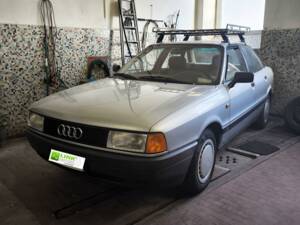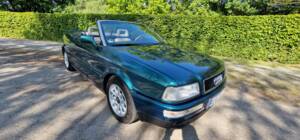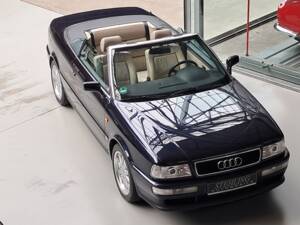Audi 80 Classic Cars for Sale
The Audi 80 stands as a milestone in German automotive engineering, delivered as a saloon, estate, coupé and cabriolet across four model generations between 1972 and 1995. Highly regarded for its robust mechanics, diverse engine options, and pioneering technologies such as quattro all-wheel drive, the Audi 80 offers a unique driving experience—today as a sought-after classic that embodies functionality, quality and character.
Resultados de la búsqueda


1992 | Audi Cabriolet 2.3 E
Nardi Holzlenkrad Automatik original
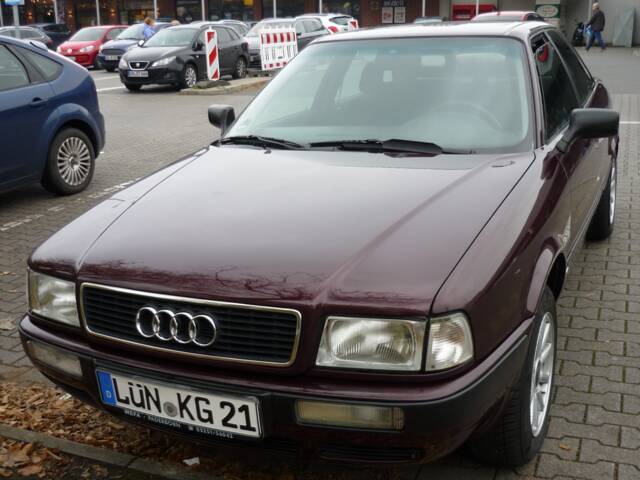
1993 | Audi 80
VB 2.900,-€ scheckheft 3. Hd. 117.600 km, 2.0 Ltr/90PS
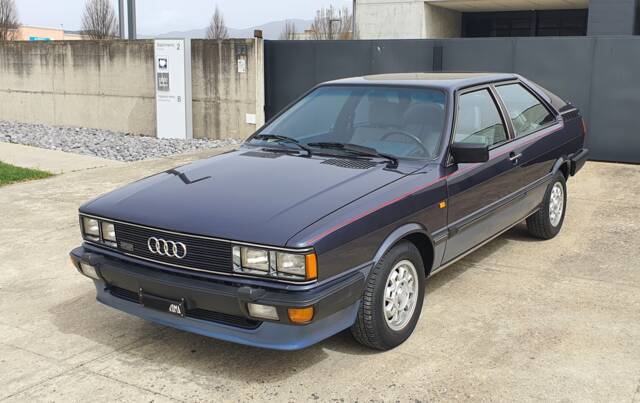
1982 | Audi Coupe GT 5S
AUDI coupè GT 5S (FIRST PAINT 100%)

1997 | Audi Cabriolet 2.6
Garagenwagen
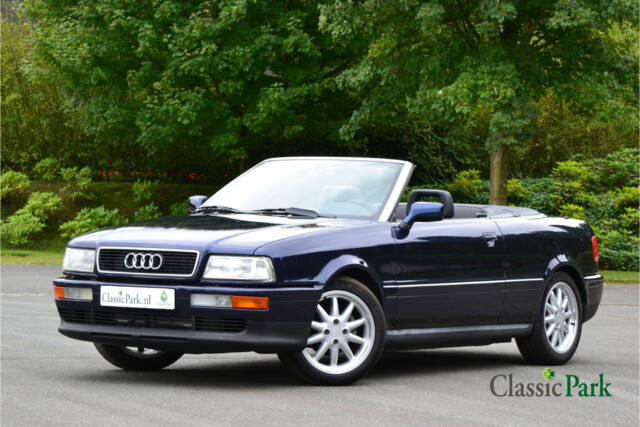
1995 | Audi Cabriolet 2.6
Audi Cabriolet 110 KW E2
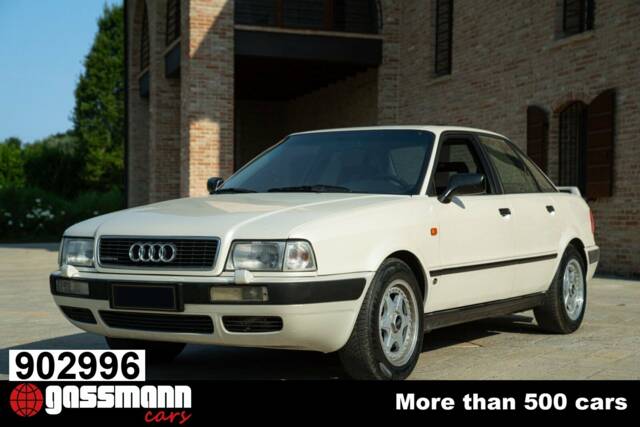
1992 | Audi 80 - 2.0E 16V quattro
80 Quattro 16V 4x4
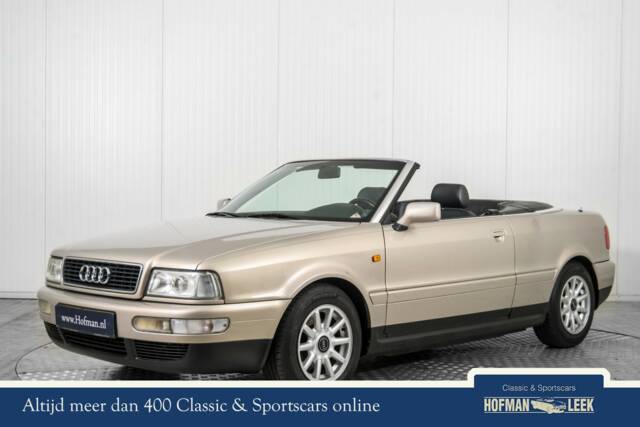
2000 | Audi Cabriolet 1.8
Audi 80 Cabriolet 1.8 5V
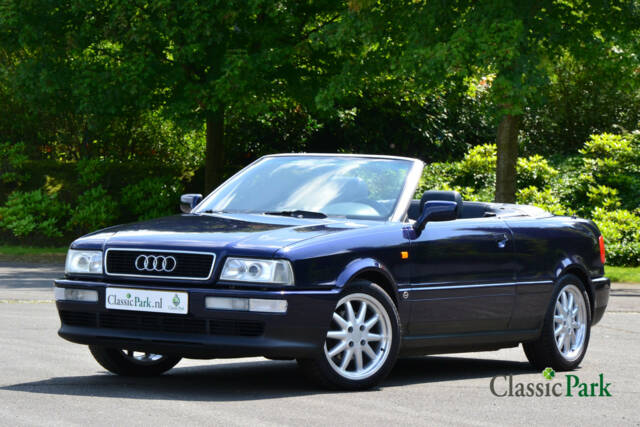
1997 | Audi Cabriolet 2.6
Audi Cabriolet 110 KW E2
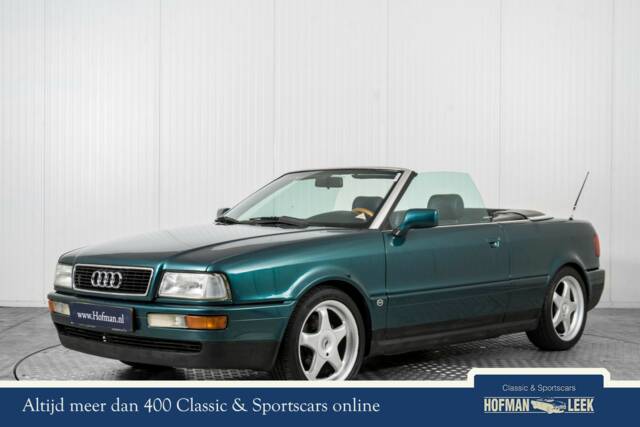
1992 | Audi Cabriolet 2.3 E
Audi 80 2.3 Cabriolet 2.3
History of the Audi 80
From its debut in 1972, the Audi 80 rapidly set standards in the mid-size segment, taking over from the F103 series and quickly establishing itself as an influential development platform, not least for the original VW Passat. The launch of the B1 series coincided with the 1973 oil crisis, during which its relatively efficient powertrains brought widespread appeal. Over successive generations—the B2 (1978–1986), B3 (1986–1991), and B4 (1991–1995)—Audi continued refining the 80’s mechanical reliability, comfort and safety features. The third generation B3 introduced a fully zinc-coated body for superior corrosion resistance. The final B4 series marked the end of the Audi 80 lineage, transitioning into the Audi A4 from 1995.
Model Series Evolution
The Audi 80 lineage began with the B1, notable for its two- and four-door bodies, simple but highly functional cabin, and range of four-cylinder petrol engines. The B2 (1978–1986) enlarged the dimensions and introduced diesel power for the first time, keeping the hallmark modular engineering. Designer influences from Claus Luthe and Giorgio Giugiaro defined the crisp forms of these early Audis. The B3 brought innovation with its galvanised bodywork and new rounded styling language; it also introduced quattro AWD across much of the range, alongside expanded engine options including in-line five-cylinders. The final series, the B4 (1991–1995), lengthened the wheelbase, updated the interior, and launched with both powerful petrol and turbodiesel units, plus the Avant estate and high-performance S2/RS2 models. The Audi 80 series ultimately evolved into the A4, but remains a defining force in Audi’s development history.
Noteworthy Features and Market Position
Audi 80 models distinguish themselves with a blend of German quality and accessible engineering. Engine choices span from a modest 1.3-litre four-cylinder to turbocharged five-cylinders exceeding 230PS in the S2/RS2 cars. The introduction of standard front-wheel drive, the iconic five-cylinder engine (especially in combination with quattro permanent AWD), ergonomic and minimalistic interiors, high-quality manufacturing, and advanced safety (ABS, Procon-Ten, side impact protection, and airbags on later models) all position the 80 as a practical classic.
Technical Data
Special Editions and Collectible Models
Highlights among special editions include the Audi 4000 CS Quattro (B2), produced 1985–1987 with sportier details and four-wheel drive, and the 1994 special edition with driver’s airbag and optional sunroof or air conditioning. Standout performance versions, the S2/RS2, featured turbocharged five-cylinders, sports chassis, luxury equipment, and unique colour/trim options. The B1 took the 1973 European Car of the Year award, underlining its technical and market relevance.
Weak Spots and Known Issues
Potential buyers should pay attention to age-related wear, such as stone chips on the bonnet, dashboard cracks, failing speaker grilles, and sagging headliners or door trim fabrics. Electrical issues can surface as defective odometers, deteriorating seatbacks, and minor paint or stone chip damages. Rust, while much less of a problem on B3/B4 due to galvanisation, can affect neglected or earlier models, especially in unsheltered climates. Regular maintenance of exhausts, brake discs, and attention to typical wear-and-tear items is essential, as is checking the original documentation and trim condition for collector value.
Engine, Transmission and Handling
Driving an Audi 80 offers a direct, engaging experience owing to its precise steering, balanced chassis, and, in quattro-equipped models, remarkable handling even on snow and loose surfaces. The range covers leisurely daily drivers to distinctly sporty offerings, with performance data ranging from modest sprint times in base models to sub-6-second 0–100km/h times and around 250km/h top speeds in the S2/RS2. The five-cylinder engines, especially paired with quattro, are notable for durability, unique sound, and performance credentials. - Audi 80 S2: Turbo five-cylinder, quattro, under 6s 0–100km/h, up to 250 km/h
- Audi 80 B3/B4: Proven reliability, comfortable suspensions, corrosion resistance
- Audi 80 B2 Quattro/4000CS: Early quattro technology and motorsport heritage
Design, Interior and Equipment
Designers like Giugiaro (B1/B2) gave the early Audi 80 its crisp, reserved lines and logical cockpit. Later models, like the B3/B4, incorporated more rounded exteriors, flush glass, and improved aerodynamics. In the cabin, functionality takes centre stage—logical, understated dashboards, clear ergonomics, and durable cloth or partial leather upholstery. Buyers will find period features including analogue and digital clocks, optional sports seats, leather steering wheels, and configurable sound systems (Blaupunkt, Gamma, Delta, etc.). Popular exterior features range from original paint codes (e.g., Kristallsilber, Sienna Red) to alloy wheels (from 14-inch Cookie Cutter to 16-inch Avus/BBS) and accessories like air conditioning, electric windows, sunroof, and heated seats—if specified. Later Avants and the Cabriolet boast additional features, such as split-folding rear seats, illuminated entry sills, and multi-layer convertible tops.
Other Relevant Details
Parts supply remains strong thanks to enthusiast support, specialist workshops and active clubs. Many models saw use in motorsport, especially rallying (Groups A and B) and on circuits, which speaks to the mechanical resilience and tuning potential of the chassis. Vehicle documentation and correct factory trim increase desirability among collectors. Southern European imports tend to show the least corrosion. Variants such as the four-door saloon, Avant estate, and coupe or cabriolet variants satisfy a wide range of classic car appetites.
Summary
The Audi 80, produced from 1972 to 1995, covers a remarkable spectrum: it blends German engineering with robust, efficient powertrains, and paved the way for sophisticated mid-sized cars. With a choice of body styles, technical variants, and enduring build quality, it remains a compelling choice for both classic car newcomers and seasoned enthusiasts seeking reliability, modern driving qualities, and a distinctive connection to late-20th-century automotive progress.
